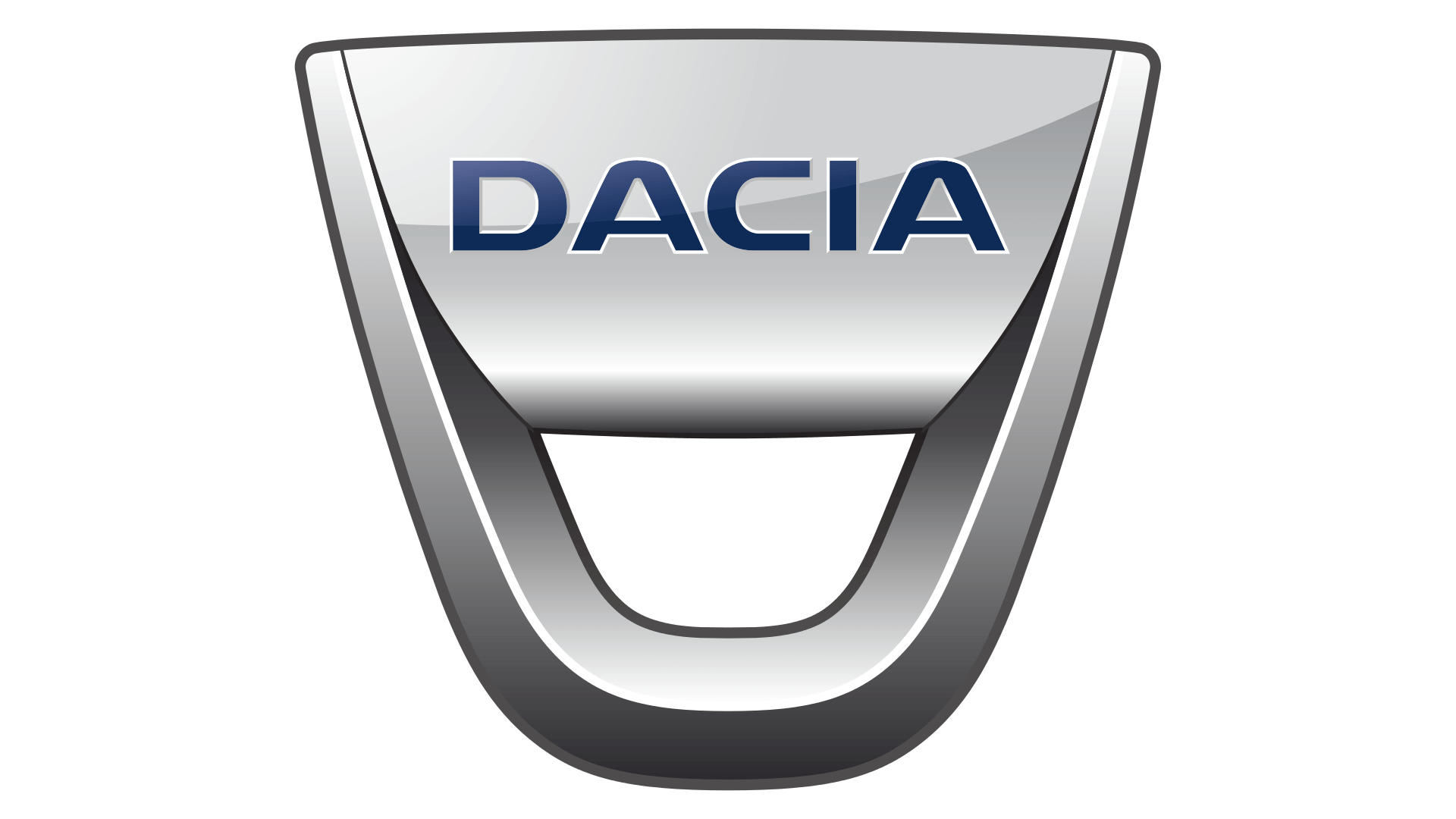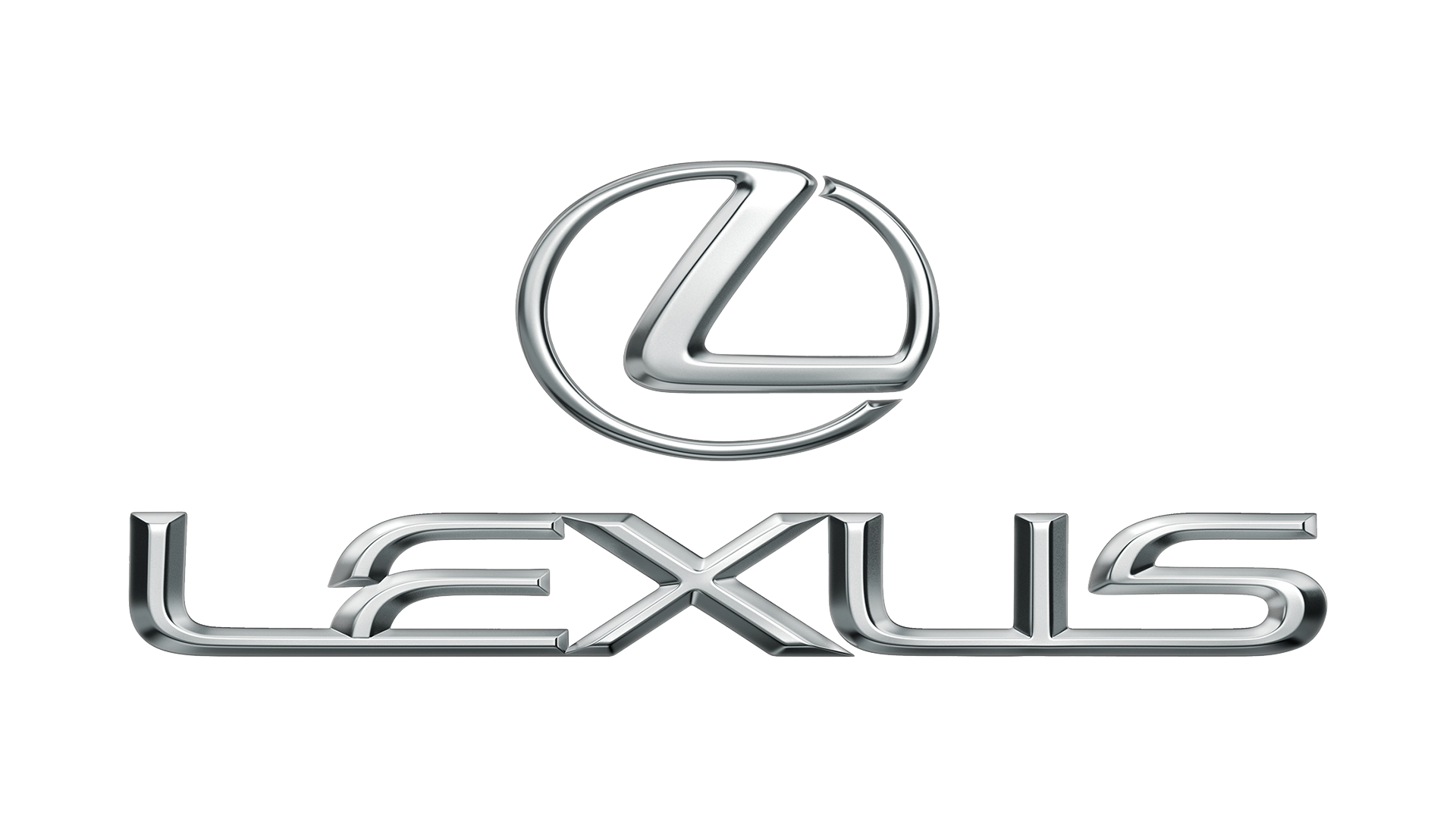Nissan LEAF
Value For Money
The LEAF purchasing process is a whole lot simpler than it used to be. The previous first generation model was sold either complete - or with a battery that you had to take out a separate rental agreement for. Prior to plumping for either one route or the other, all kinds of elaborate calculations were needed based on likely future use. There's none of that now: this second generation LEAF wants to be seen as an ordinary alternative to any normal Focus-class family hatch, so it's only sold complete, just as one of those would be. At prices that range in the £23,000 to £29,000 bracket.
I should point out that these are the subsidised figures that buyers pay after subtraction of the generous £4,500 government grant that still applies to all-electric cars. For reference, these days you only get a £2,500 grant towards a Plug-in hybrid - and nothing towards a conventional hybrid. Which helps explain why a LEAF can offer you much more technology than you'd get in something like a Prius hybrid; yet undercut that Toyota by almost £1,500. As before, LEAF buyers are limited to a single five-door body style, plus of course front wheel drive, along with the auto gearbox that all EV models have to have. Trim levels range from base 'Visia', to 'Acenta' and 'N-Connecta' all the way up to the top 'Tekna' variant I tried.






















































































.jpg)
.jpg)
.jpg)
.jpg)

.jpg)
.jpg)
.jpg)